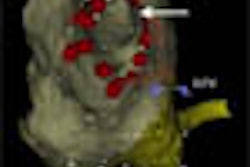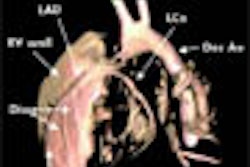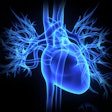Dear Cardiac Imaging Insider,
If there's a wrinkle in the rise of cardiac CT, it's the dose. Unmodulated and unchecked, the radiation burden can easily rise to the level of hundreds of chest x-rays.
Fortunately there are some great tricks for minimizing exposure in the heart, and Dr. Joseph Schoepf from the Medical University of South Carolina doesn't miss a beat. In this issue's Insider Exclusive article, delivered to our subscribers first, he reveals proven strategies for getting the most with the least.
Dose modulation should be used in every patient, especially in coronary calcium screening, where an apriori healthy population needs a checkup, not a health burden, Schoepf says. A slow, steady heartbeat helps for all applications, of course, but low-dose CTA can even be performed in a fast heart if you know where the sweet spot is.
In today's Cardiac Imaging Digital Community, billing expert Jackie Miller explains the AMA's new Category III CPT codes for CT and CT angiography studies of the heart and coronary arteries. The data-gathering codes go into effect January 1, but you can get a head start by clicking here.
Also in the community today, a team from Hôpital Bichat in Paris employed early- and late-perfusion MRI sequences to find definitive differences between myocarditis and acute myocardial infarction -- noninvasively. And although patients with myocarditis tend to be younger and have fewer coronary risk factors than those with AMI, endomyocardial biopsy has traditionally been needed to nail down the diagnosis.
Another study finds that functional MRI could help in the prenatal management of fetal heart problems. Researchers in the Netherlands have successfully fused MDCT with electroanatomic mapping for atrial fibrillation intervention planning. And a Japanese group's motion-free heart images from a 256-slice MDCT scanner are not to be missed.



















